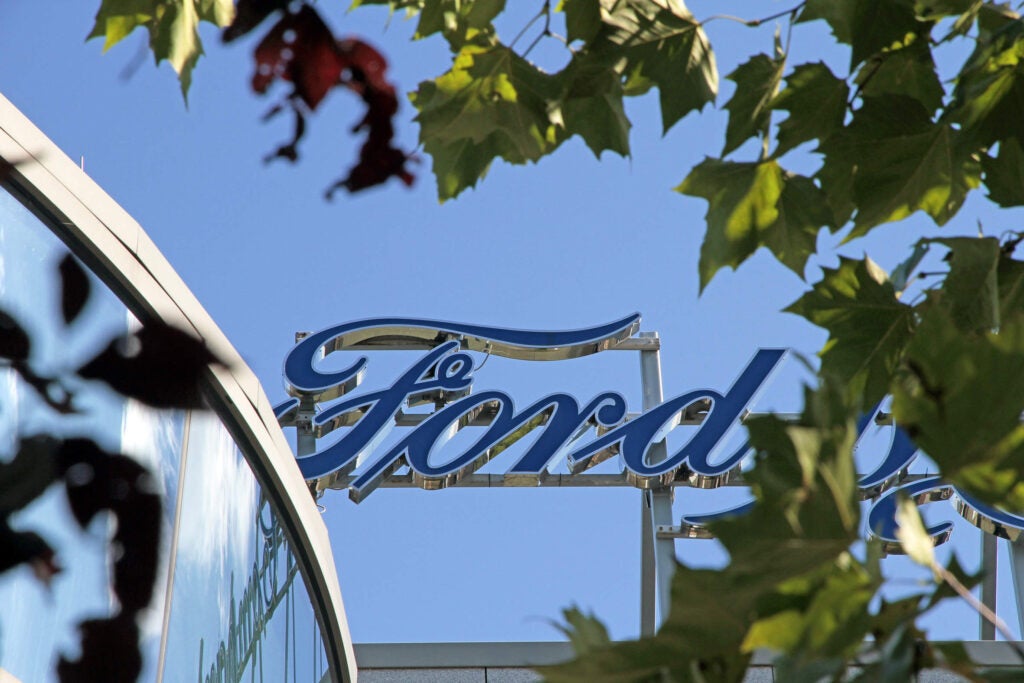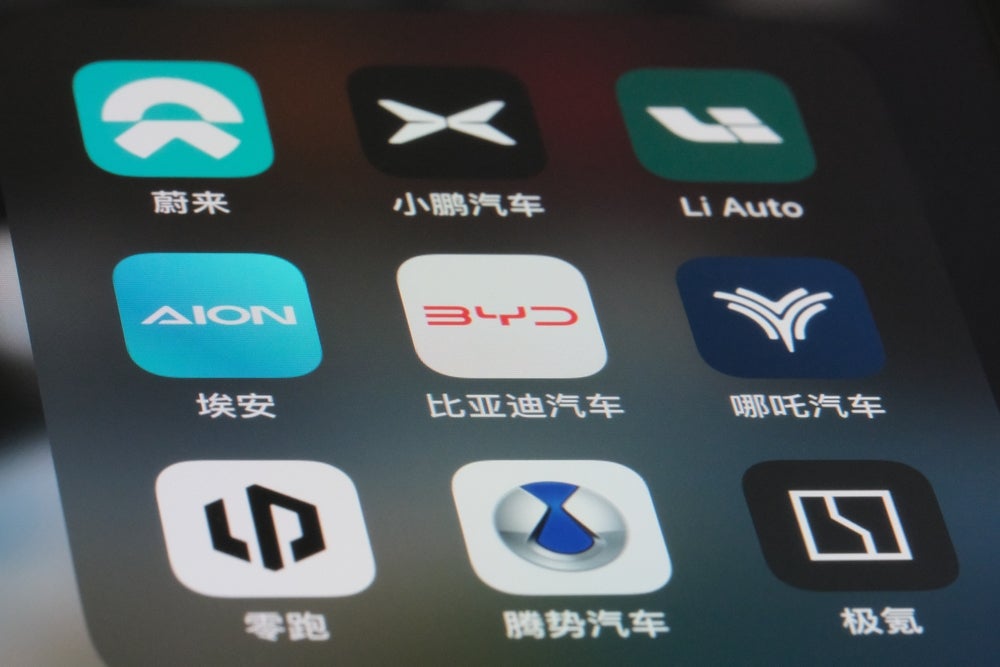
Agency Model and Its Impact on the Automotive
Is the agency model the next throwaway trend or does it represent a genuine shake-up of the motor finance industry? Gemma Murphy Punzo, a Senior Associate for Gateley Legal, considers the risks and rewards behind this development that would see dealers become agents acting on behalf of OEMs.
The agency model burst onto the automotive finance scene as a product of Covid-19 and seems set to stay. As with all new trends, although it promises a fresh evolution of the OEM/dealer relationship it brings a host of legal and administrative challenges with it.
Three models: ‘Genuine’ Agency, Non-Agency and Hybrid
As more OEMs start testing the agency model, dealers have reinvented their role – with their business moving to after-sales care and the used vehicle market. Dealers now become flashy “hubs” or service centres. Gone are the days of aggressive sales chasing and closing deals – this is predominantly generated online.
However, behind the shiny facades and the service-driven staff, the relationship between dealers and OEMs needs understanding. Who now bears the risks and costs? Who is being recompensated and how?
There are three models in play all with different legal consequences behind each structure.

Genuine
This is the legally recognisable “agency” model. Under this model, dealers act on behalf of a supplier but don’t own stock or set prices.
How well do you really know your competitors?
Access the most comprehensive Company Profiles on the market, powered by GlobalData. Save hours of research. Gain competitive edge.

Thank you!
Your download email will arrive shortly
Not ready to buy yet? Download a free sample
We are confident about the unique quality of our Company Profiles. However, we want you to make the most beneficial decision for your business, so we offer a free sample that you can download by submitting the below form
By GlobalDataThe dealer acts on behalf of the OEM but without autonomy. This means:
- The majority of costs and the risk of transactions stay with the OEM.
- The OEM retains the title to the vehicle: they determine the price and promotional discounts.
- The dealer is effectively just a shop window and moves to a role of negotiating the sale to the customer on behalf of the OEM (although in practice, the consumer has in most cases already decided based on online marketing). In addition, the dealer provides aftercare and a “hub” showroom. For providing this service they receive a commission from the OEM, without the traditional risk/cost share.
Historically the dealer was relied on to hold stock and reduce financial pressure for the OEM. With the true agency model, this is no longer the case as it puts the onus on the OEM to manage their supply chain, set prices and understand market sensibilities. Further, exiting an arrangement may trigger a compensation payment payable to the dealer.
These are not risks taken lightly and OEMs will need to invest significant time in determining how to best position themselves in the market.
For the dealer, this arrangement isn’t risk-free either. The dealer will operate on a fixed commission basis on each transaction. The dealer can’t use historic tactics of discounts or price cutting to steal sales – and is predominantly reliant on the OEM running a strong campaign to send consumers their way. Further, should an agency agreement be withdrawn from the dealer, this will have obvious cashflow implications for the dealer.
Non-genuine
A ‘non-genuine agency’ model works on the basis that the OEM is prepared for its agents to share the commission with customers (and so retain some control over the transaction price).
It is questionable whether any agency is at work with this model, with some OEMs looking to centralise new vehicle advertising and costs and to keep campaigns national.
Where the agent potentially bears the risks of the transaction involves running and paying for marketing campaigns and to the extent that it has discretion over pricing it is likely to not be an agency model at all. The dealer under this arrangement retains its original role – acting as a retailer for the OEM, that is, setting its stall with products it has acquired from the OEM to resell to the market.
Hybrid
Resting between the two is a hybrid model, where the dealer acts as a genuine agent for an OEM for some products and as an independent distributor for the sale of others. This gives the dealer the flexibility on part of its book to set prices, offer discounts and run localised campaigns but allows the OEM control over the higher value market.
What does this all mean legally?
From a legal standpoint, dealers and OEMs need to ensure they are on the same page about what model they want to subscribe to from the start.
The key considerations we see are: Is it a true agency agreement? What exactly is required of the dealer and OEM? What will be the allocation of risk and responsibility for price setting?
These issues are critical and we expect them to be the first consideration in the drafting of any agency agreement.
Regulatory issues:
- A thorough examination of regulatory procedures on both sides will be needed, as the new structure can risk regulatory responsibilities slipping through the net. The OEM as a sales channel will need appropriate Finance Conduct Authority (FCA) permissions, but potentially so will dealers as sales agents.
- With a move to online sales, OEMs will need to ensure that their adverts meet the FCA’s financial promotion and marketing standards – with real care needing to be taken over “dynamic” ads, where AI software may alter campaigns automatically.
- Commission arrangements will need to be carefully structured to not fall foul of new FCA regulations surrounding commission and interest brought in last year.
- Sitting behind all of this, the FCA has made it clear that the motor sector remains an area of key focus for them and the industry is specifically mentioned in the current review of the Consumer Credit Act (1974).
Staff
- Consideration will need to be given to training. At the OEM end, to facilitate the sale process, staff will need to be equipped to deal with consumers directly – and understand the regulatory framework they must operate within. As dealers become “advertisers”, they will need to comply with credit broking or financial promotion rules.
Competition
- The model is currently under scrutiny at home and abroad. The concern is that eliminating (or greatly reducing) intra-brand price competition will generate an anti-competitive environment. There are competition law concerns of both ‘genuine’ and partial/’non-genuine’ agency models.
What comes next?
Whilst there are three models in play – all being used under the same umbrella ‘agency’ branding, the overwhelming plea heard from all dealers is that change is needed in the industry.
The OEMs are looking to refresh existing models to boost sales in a flat market, whilst staying tied to dealers. OEMs still see the value of a dealer network – a “hub” style inviting showroom with proven aftercare seems far more appealing than a full move to online sales – for now.
A more flexible, fast and Generation-Z approach is urgently needed, where you can see a car on Instagram and “buy” it the next day. But, consideration needs to be given to how the setup would operate and the legal foundation behind it. Without this, questions as to title, risk, regulatory issues and even financial reward are all left perilously hanging – perhaps too high a price for this season’s new trend.






